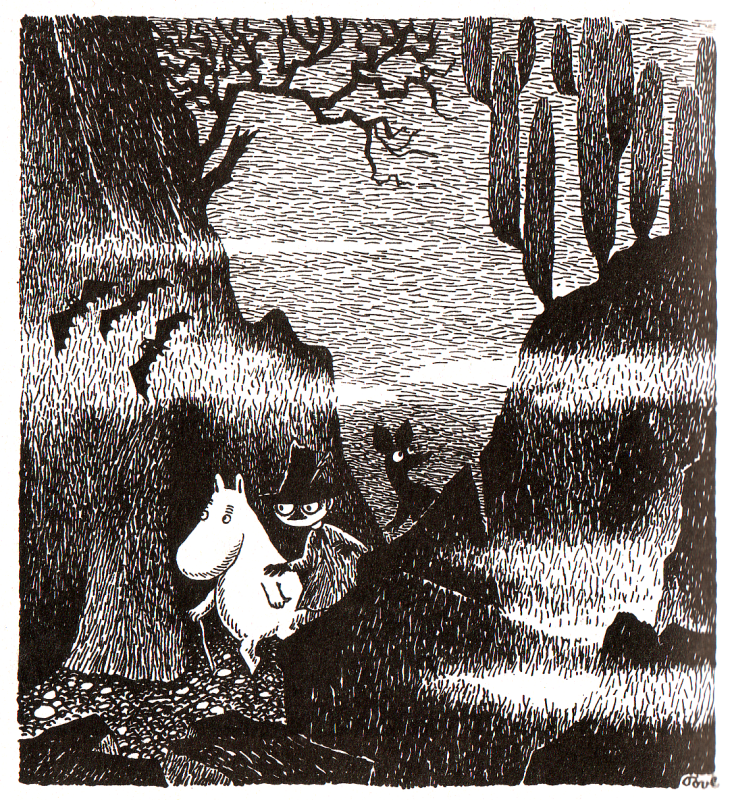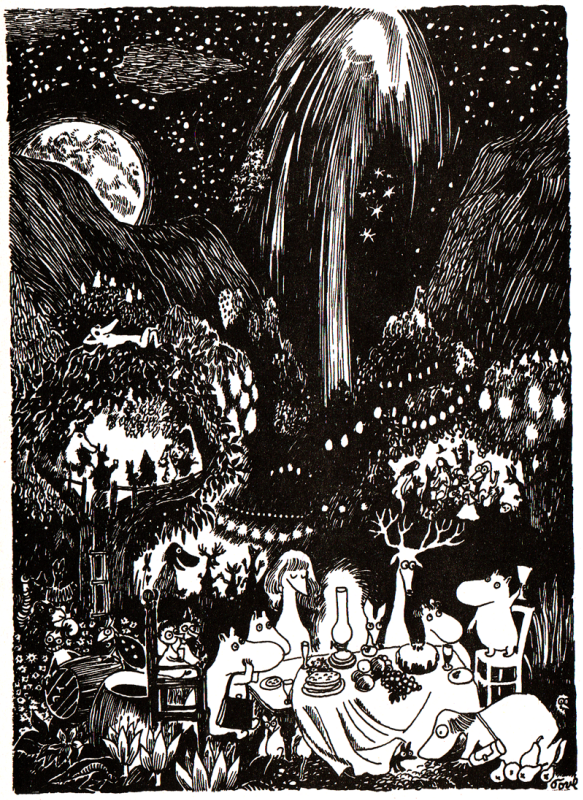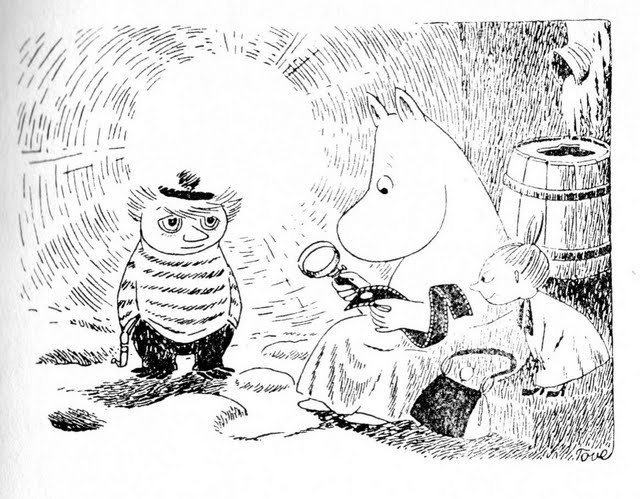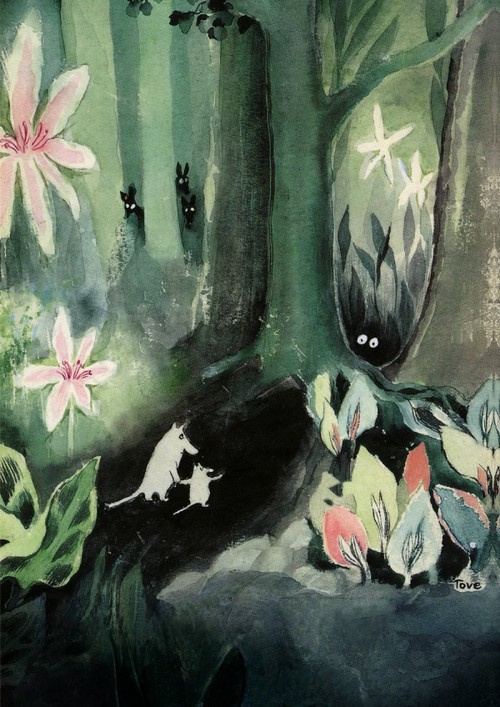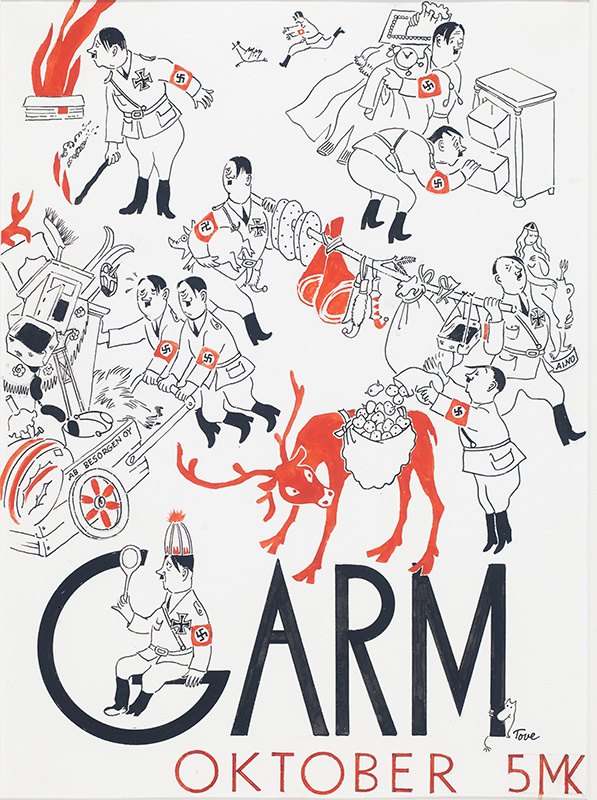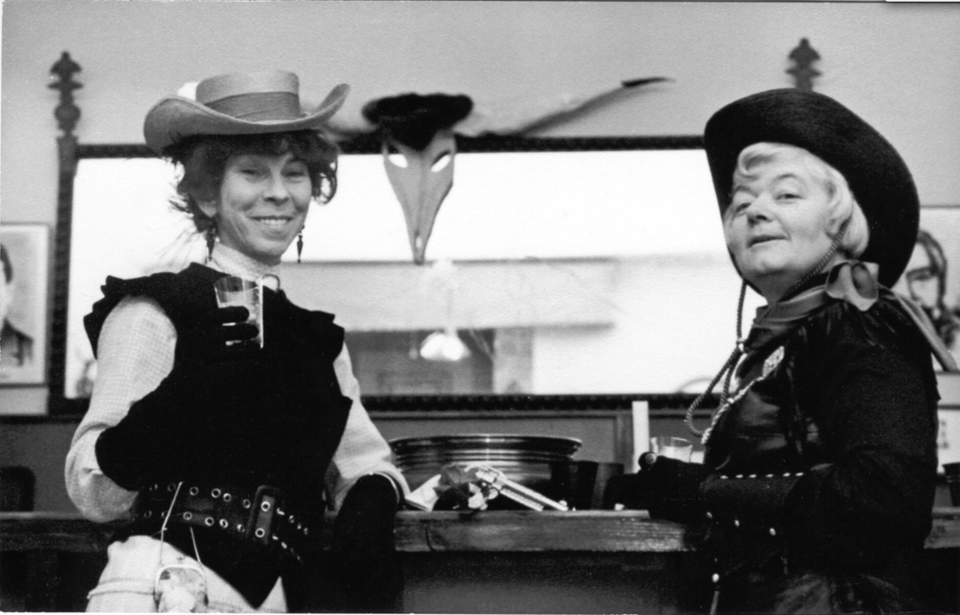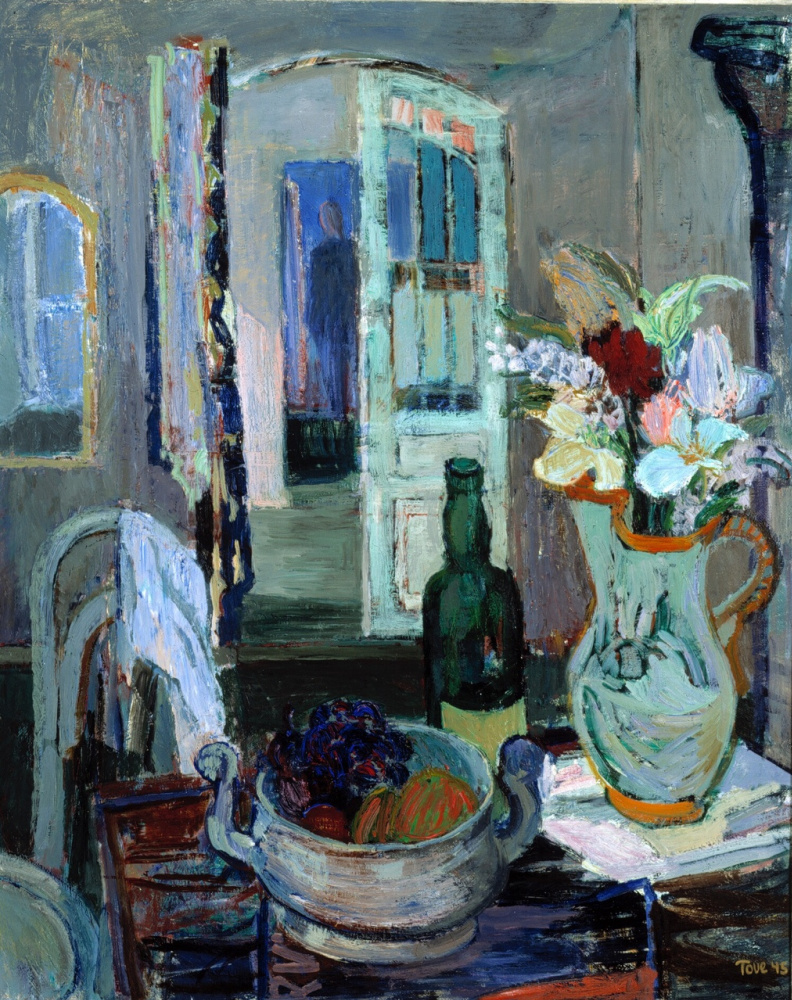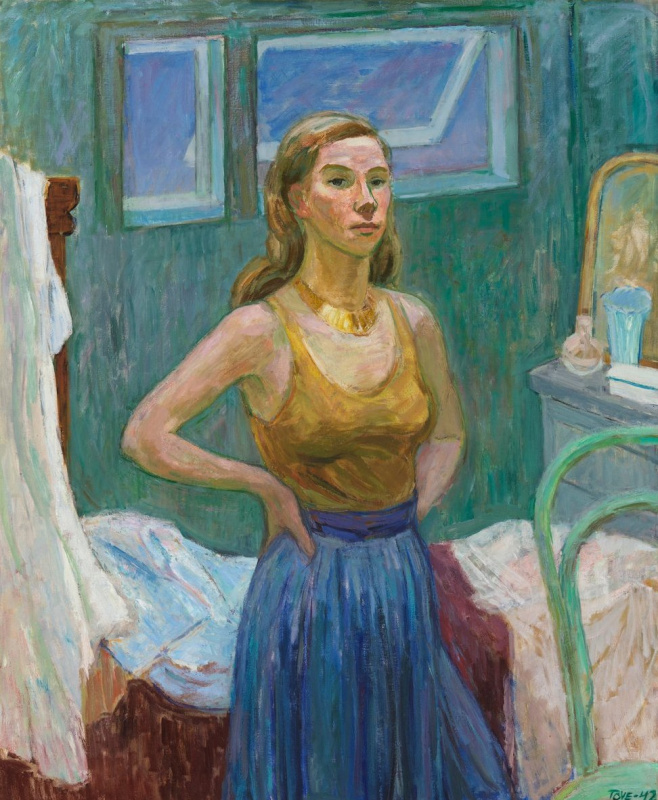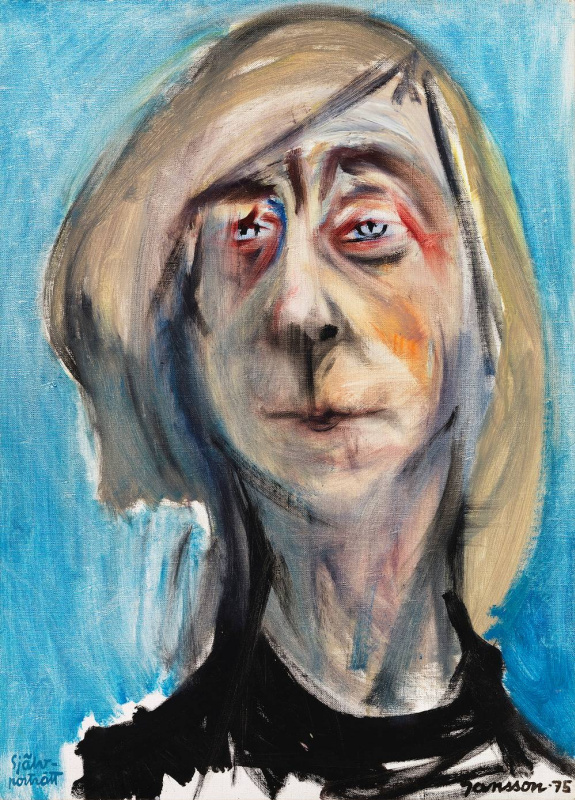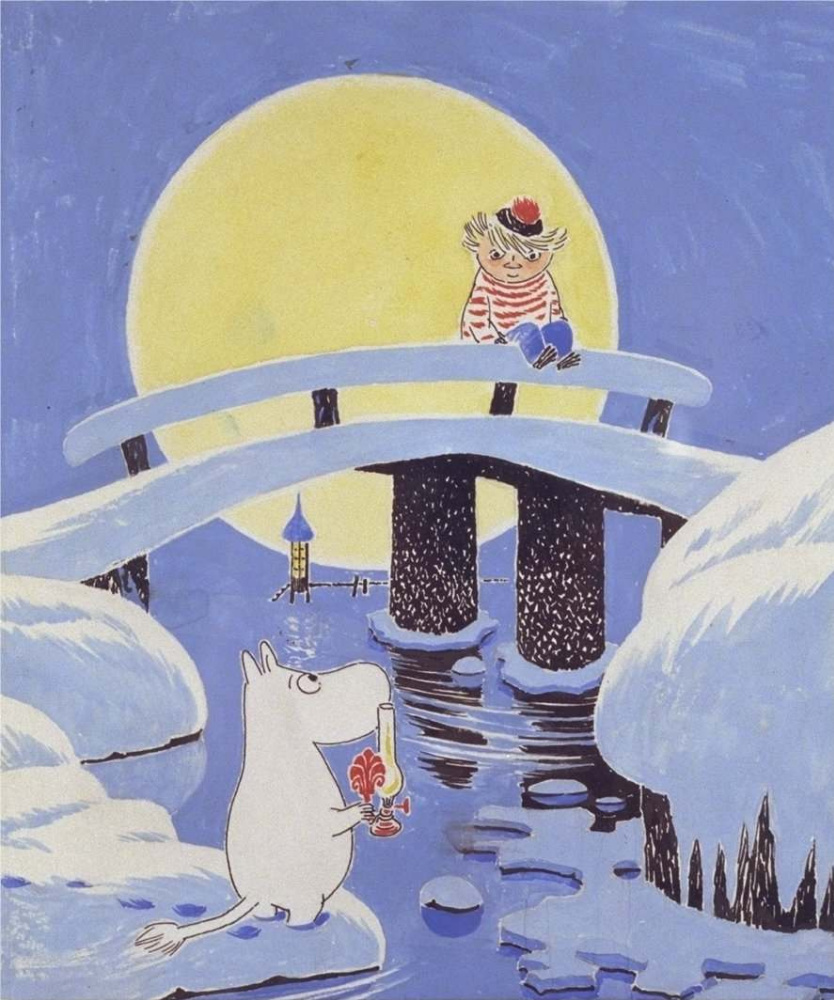Tove Jansson's Unknown Paintings And The New Truths of The Moomins: The Reverse Side of Moominvalley


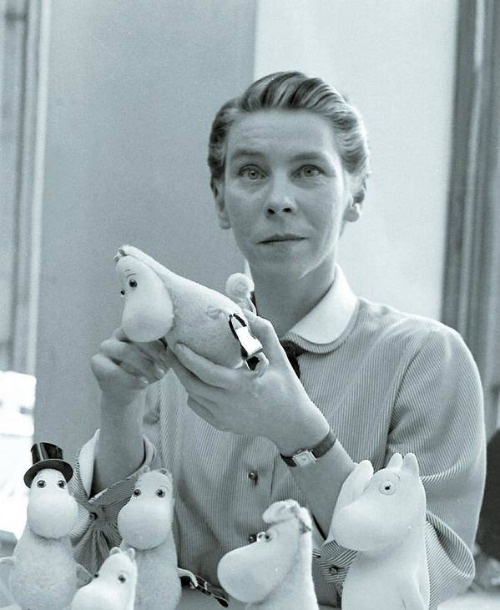
The first two stories — The Moomins and the Great Flood and Comet in Moominland brought their writer great popularity, and the next book The Magician’s Hat (published in 1949) caused a real Moomin-boom in many countries around the world. The huge income from the sales of production rights to different theatres as well as the sales of rights for making souvenirs with the Moomins made Jansson one of the richest women in Finland.
Money helped the artist to find the desired solitude away from the public: she bought the uninhabited island Klovharun in the Gulf of Finland, built a modest wooden house and spent the summer months with her friend there from 1964 to 1998.
Photo: Tove Jansson, 1956
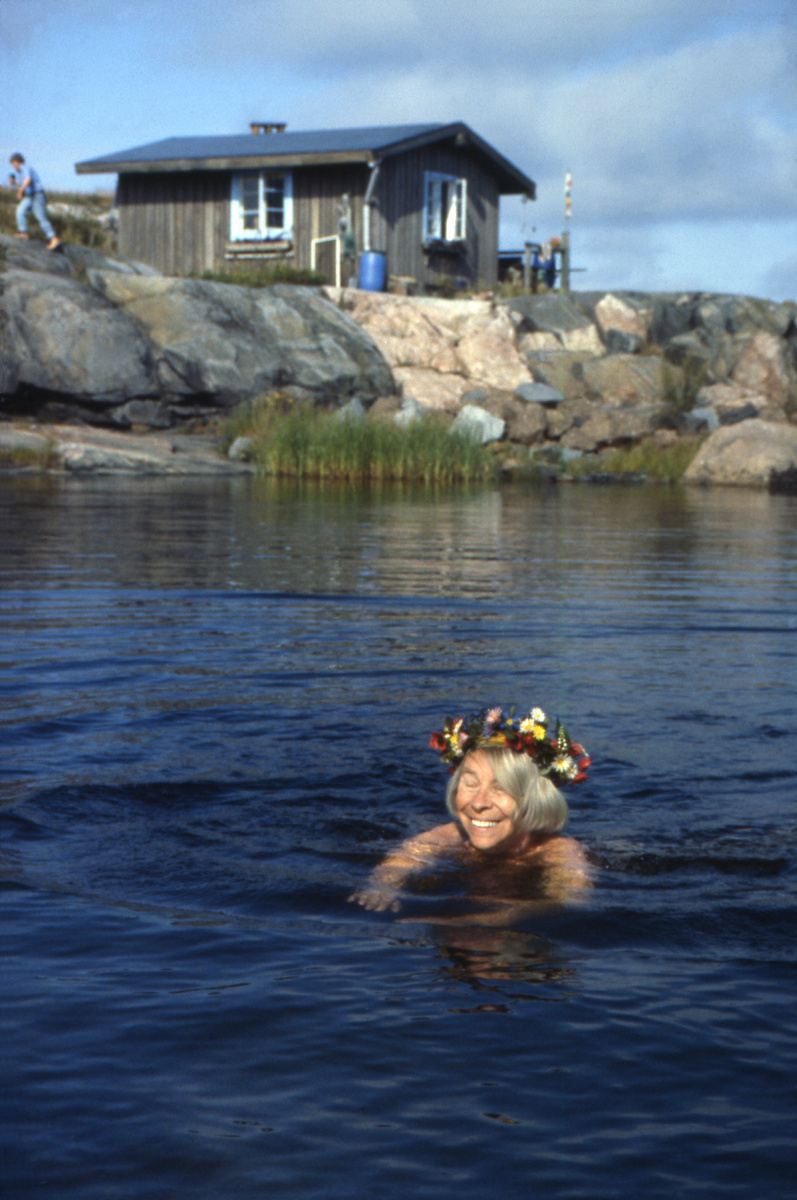
Having become a celebrity, Tove Jansson didn’t even think about reposing on her laurels — it’s not in her nature. She wrote a dozen short stories for adult audience, took up creating costumes and stage design for theater productions about the Moomins, and had a really good time working on paintings in kindergartens and schools. She had enough passion and enthusiasm to paint frescoes at Helsinki City Hall and create an altarpiece of the Teuva Church.
Everything Tove did ended up perfect and brought joy to people.
Book cover of T. Jansson’s Moominvalley in November


It’s very easy to enjoy yourself.
Happy childhood
Tove Jansson was born in Helsinki in 1914 to the family of the renowned Swedish artist Signe Hammarsten and Finnish sculptor Viktor Jansson. The Bohemian parents adored their children — the eldest daughter Tove and the sons — Lars and Per Olov, doing their best at encouraging them to find their own way in art. Following in her mother’s footsteps, Tove became an illustrator in her teens: at the age of 10, she already created drawings for a children’s magazine, surprising even her own parents with confidence, appearing out of nowhere, and good intuition.

"Moominmammas can fix everything," that’s how Tove described her mother in her stories. Tove also understood that her mother sacrificed her career to be a good mom and wife.
The artist recalled that after participating in the civil war in 1918, her father often sank into depression. But sometimes a good storm put him in a good mood: when the clouds were gathering, he would take the whole family into a boat to sail "to the wildest places and remote islands."
Tove would keep that love for travelling, sea, islands and the archipelago for the rest of her life. And later her friendly characters would often go boating along the rivers.
Сover of T. Jansson’s book about the Moomins
After graduation, Tove became enthusiastic about politics and in the 1940s, worked for Garm magazine — she drew anti-fascist illustrations.
In general, the artist’s youth fell on a wartime, with one war following the other, and Tove accused the entire masculine gender of it:
"I can’t afford it, I haven’t time to marry any of them! I’m no good at admiring and comforting. Of course I’m sorry for them and of course I like them, but I’ve no intention of devoting my whole life to a performance I’ve seen through… I can see what would happen to my work if I married… And I refuse to give birth to children who can be killed in some future war," she wrote to her best friend.
Tove Jansson. Cover of the October 1944 issue of Garm magazine
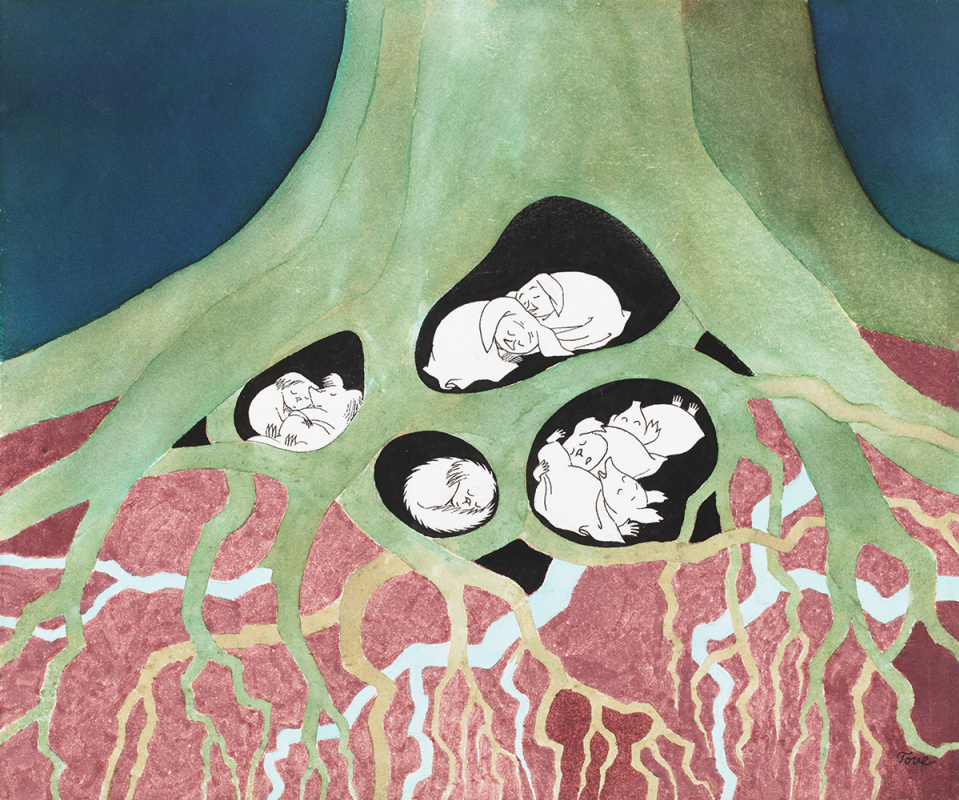
"When one’s dead, one’s dead," said Tuu-tikki conciliatory. "This squirrel will become earth all in his time. And still later on, there’ll grow new trees from him, with new squirrels skipping about in them. Do you think that’s so very sad?"
Tove Jansson Sleeping in the Roots, 1930s
It was Wirtanen with his green hat and independent temper who became the prototype for Snufkin, leading the wandering life.

Tove found love and friendship among women. Her first girlfriend was Vivica Bandler, a theatre director. They kept their relationship secret, but Tove wrote about it in The Magician’s Hat. Thingumy and Bob, friends who were as close as lips and teeth and even spoke a language no one could understand — are Tove and Vivica. They have a priceless treasure — a huge ruby (their love) — and are trying to hide it from the evil Groke. At that time, bisexual relationships were condemned in Finland.

Tove Jansson’s second and last love was the Finnish artist Tuulikki Pietilä - they lived together for 45 years. Tuulikki also got into the world of the Moomins as a very practical character of Tuu-tikki.
They traveled together, spent a lot of time on the island, and seemed to be very happy, but Tove never dared to introduce mom to her companion and kept their connection in "elegant silence".
An illustration to T. Jansson’s story Moominland Midwinter
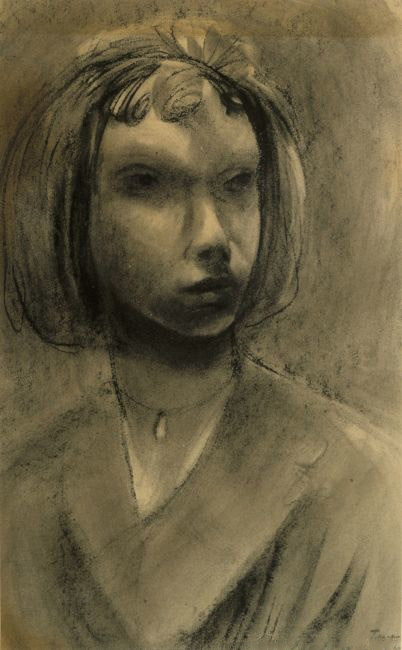
Tove Jansson, who received an impeccable academic education and was aware of the newest and most progressive trends of that time, became a remarkable painter.
In 1930s, Tove studied drawing at the University College of Arts, Crafts and Design in Stockholm, the Academy of Fine Arts in Helsinki and in Paris. The final chord of the girl’s art education was a trip to the capitals of Western Europe, organized by her parents.
Tove Jansson Self-Portrait
Jansson worked on surrealistic paintings in the 1930s, got into the art of modernism in the 1950s, and her abstract works appeared in the 1960−1970s.
Her paintings give away the artist’s interest in the work of the old Flemish masters and geniuses of the 19th-early 20th centuries. Looking at her portraits and still lifes, one thinks of Van Gogh, Matisse, Gauguin, Degas and Modigliani.
Tove Jansoon Blue Hyacinth, 1945















